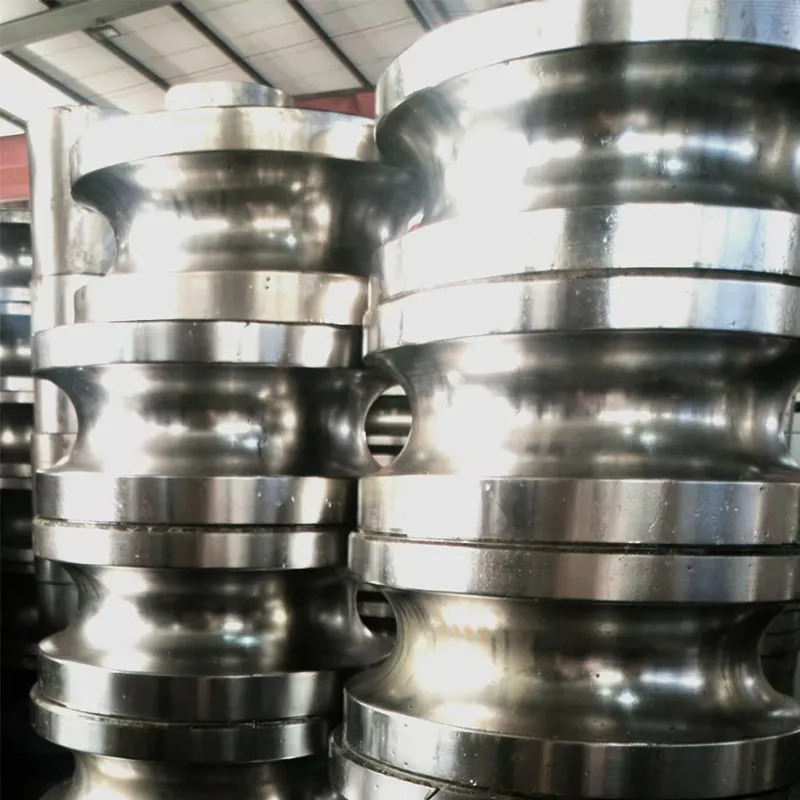pipe making machine
The Pipe Making Machine Revolutionizing Manufacturing Processes
In the realm of manufacturing, few machines encapsulate the spirit of innovation and efficiency quite like the pipe making machine. Designed to streamline the production of pipes for various applications, these machines have transformed industries ranging from construction and plumbing to manufacturing and automotive. As we delve into the intricacies of pipe making machines, we uncover their significance in modern manufacturing processes, their operational mechanics, and the future of this technology.
Understanding Pipe Making Machines
Pipe making machines are specialized equipment designed to manufacture pipes from raw materials, typically metal or plastic. The process involves several stages, including material feeding, shaping, welding, and cutting, leading to the final product. Such machines are capable of producing pipes in various diameters and lengths, tailored to meet the specific needs of different industries.
The versatility of pipe making machines is one of their most significant advantages. They can produce different types of pipes, such as seamless, welded, and composite pipes, making them indispensable in numerous applications. For instance, industries requiring high-pressure pipes, such as oil and gas, prefer seamless pipes for their strength and reliability. Conversely, welded pipes are favored for their cost-effectiveness and ease of production.
The Operational Mechanics
A typical pipe making machine operates through a series of well-coordinated mechanical processes. Initially, the raw material—in sheet or coil form—is fed into the machine. It then undergoes shaping, where it is formed into a cylindrical shape. This process can involve the use of different methods, such as roll forming or extrusion, depending on the desired final product.
After the material has been shaped, it moves to the welding stage, where edges are fused together to create a continuous pipe. This welding can be achieved through various techniques, including electric resistance welding (ERW) or submerged arc welding (SAW). The method employed is often determined by the material and the intended application of the pipes.
pipe making machine

Following the welding process, the pipes are cut to specific lengths and may undergo additional treatments, such as coating for corrosion resistance or inspection to ensure quality
. Advanced pipe making machines often integrate automated systems for quality control, significantly reducing human error and enhancing consistency in production.The Importance of Technology
The evolution of pipe making machines has paralleled advancements in technology. Automation and computerization have played pivotal roles in enhancing the precision and efficiency of these machines. Modern machines are equipped with sophisticated software that allows for real-time monitoring and adjustments, ensuring optimal performance and reducing downtime.
Furthermore, the integration of robotics in pipe manufacturing has revolutionized the industry. Robots can perform tasks such as welding and inspection with remarkable accuracy and speed, further augmenting the production capacity of pipe making machines. This shift towards automation not only boosts productivity but also helps companies meet stringent regulatory standards and improve worker safety by minimizing manual labor in hazardous conditions.
Future Prospects
Looking forward, the future of pipe making machines appears promising. As industries continue to seek more sustainable and efficient manufacturing processes, innovations in materials and methods will drive the evolution of these machines. For instance, the demand for biodegradable and eco-friendly pipes is on the rise, prompting manufacturers to explore alternative materials and production techniques.
Moreover, as global infrastructure projects expand, particularly in developing countries, the need for high-quality pipes will continue to grow. This demand fuels further research and development in pipe making technologies, emphasizing higher efficiency, lower environmental impact, and adaptability to diverse requirements.
In conclusion, pipe making machines are at the forefront of manufacturing innovation, blending technology with efficiency to meet the demands of various industries. Their ability to produce a wide range of pipes while ensuring quality and reducing production costs has solidified their place in modern manufacturing. As technology continues to advance, these machines will undoubtedly evolve, paving the way for a more sustainable and productive future in pipe manufacturing.
-
High Frequency Straight Seam Welded Pipe Production Line-BzZhou Xinghua Machinery Equipment Manufacturing Co., LTD.|line pipe steel&welded gas pipeNewsJul.30,2025
-
High Frequency Straight Seam Welded Pipe Production Line-BzZhou Xinghua Machinery Equipment Manufacturing Co., LTD.|High Precision&Automated SolutionsNewsJul.30,2025
-
High Frequency Straight Seam Welded Pipe Production Line - BzZhou Xinghua Machinery Equipment Manufacturing Co., Ltd.NewsJul.30,2025
-
High Frequency Straight Seam Welded Pipe Production Line-BzZhou Xinghua Machinery Equipment Manufacturing Co., LTD.|Precision Welding, High EfficiencyNewsJul.30,2025
-
High Frequency Straight Seam Welded Pipe Production Line|BzZhou Xinghua|Precision Welding&EfficiencyNewsJul.30,2025
-
High Frequency Straight Seam Welded Pipe Production Line - BzZhou Xinghua|Precision Engineering&EfficiencyNewsJul.30,2025


